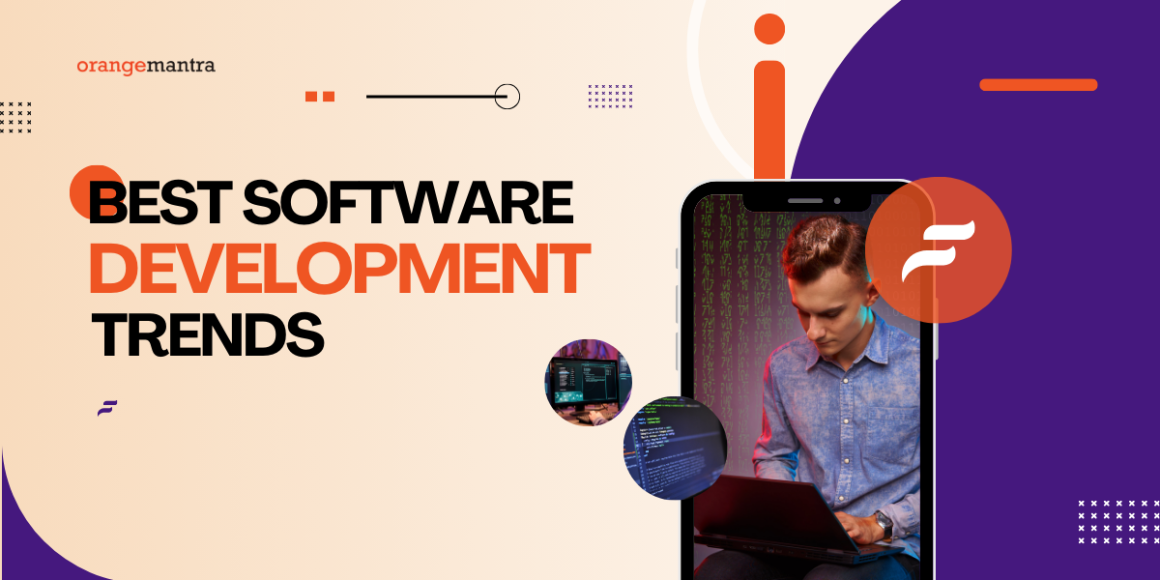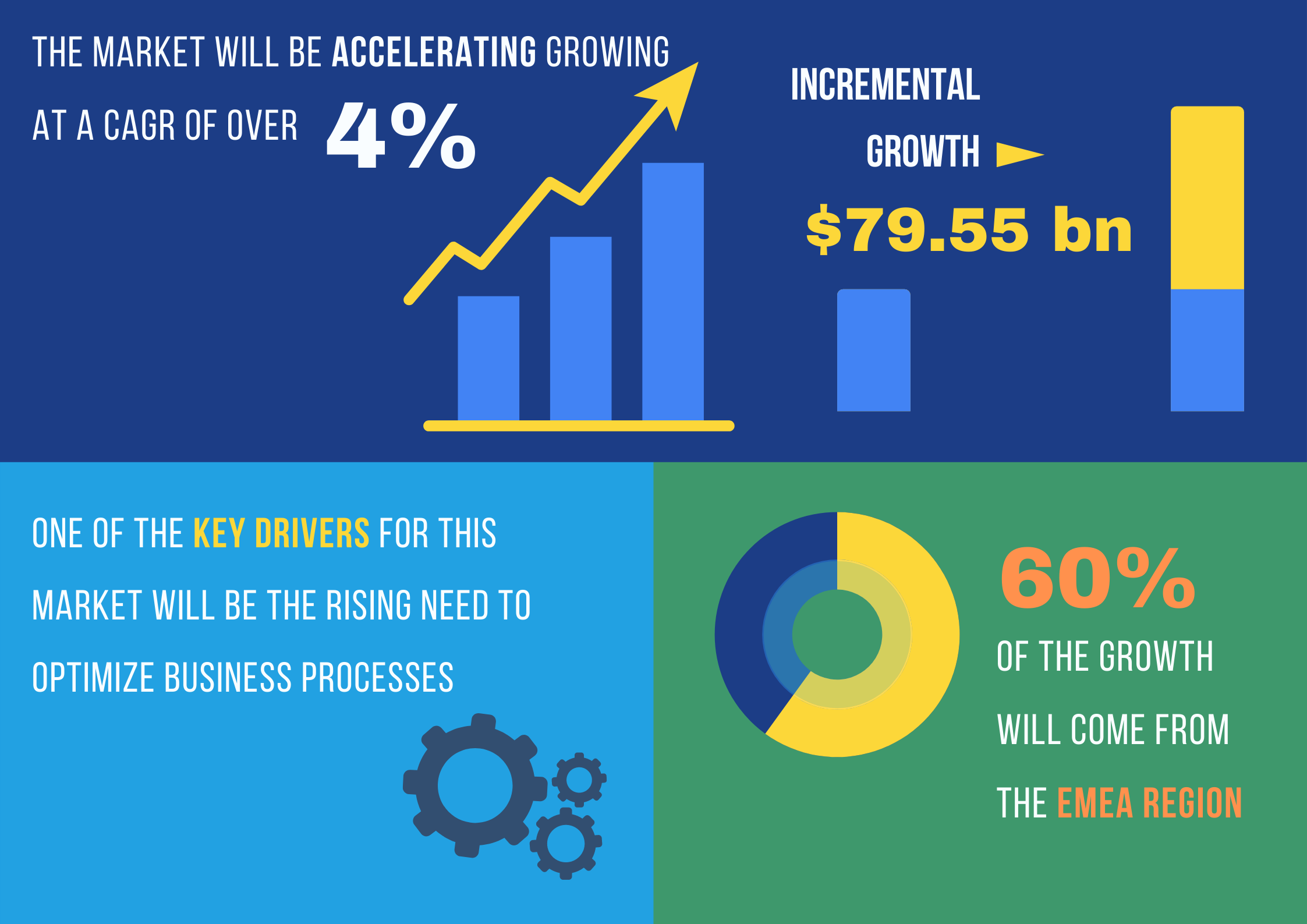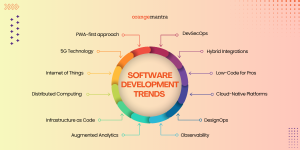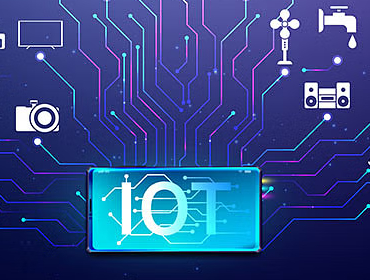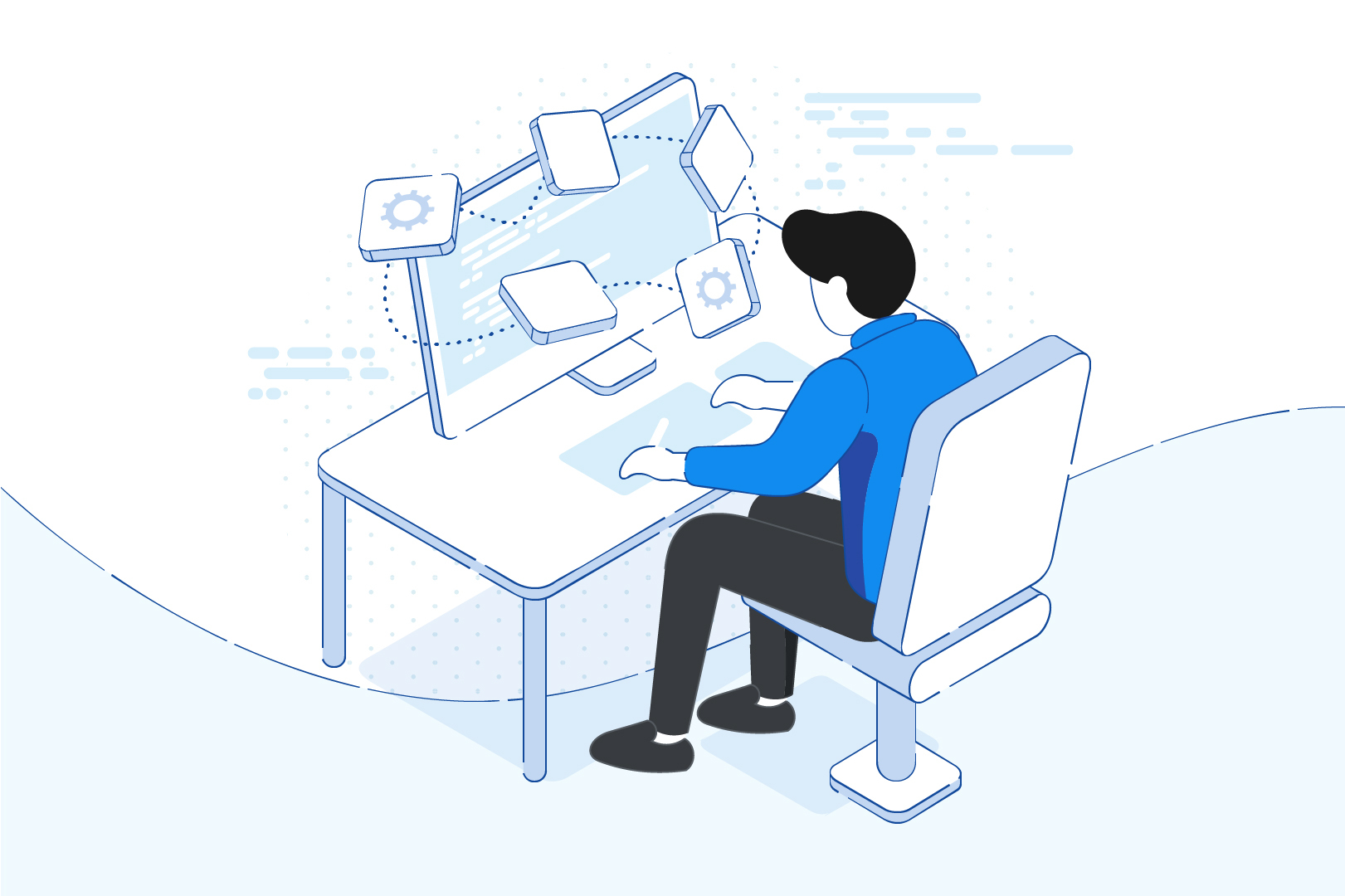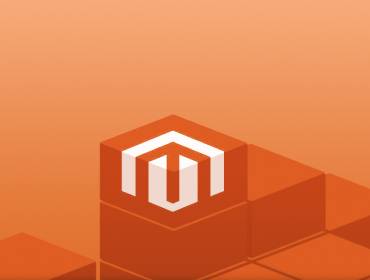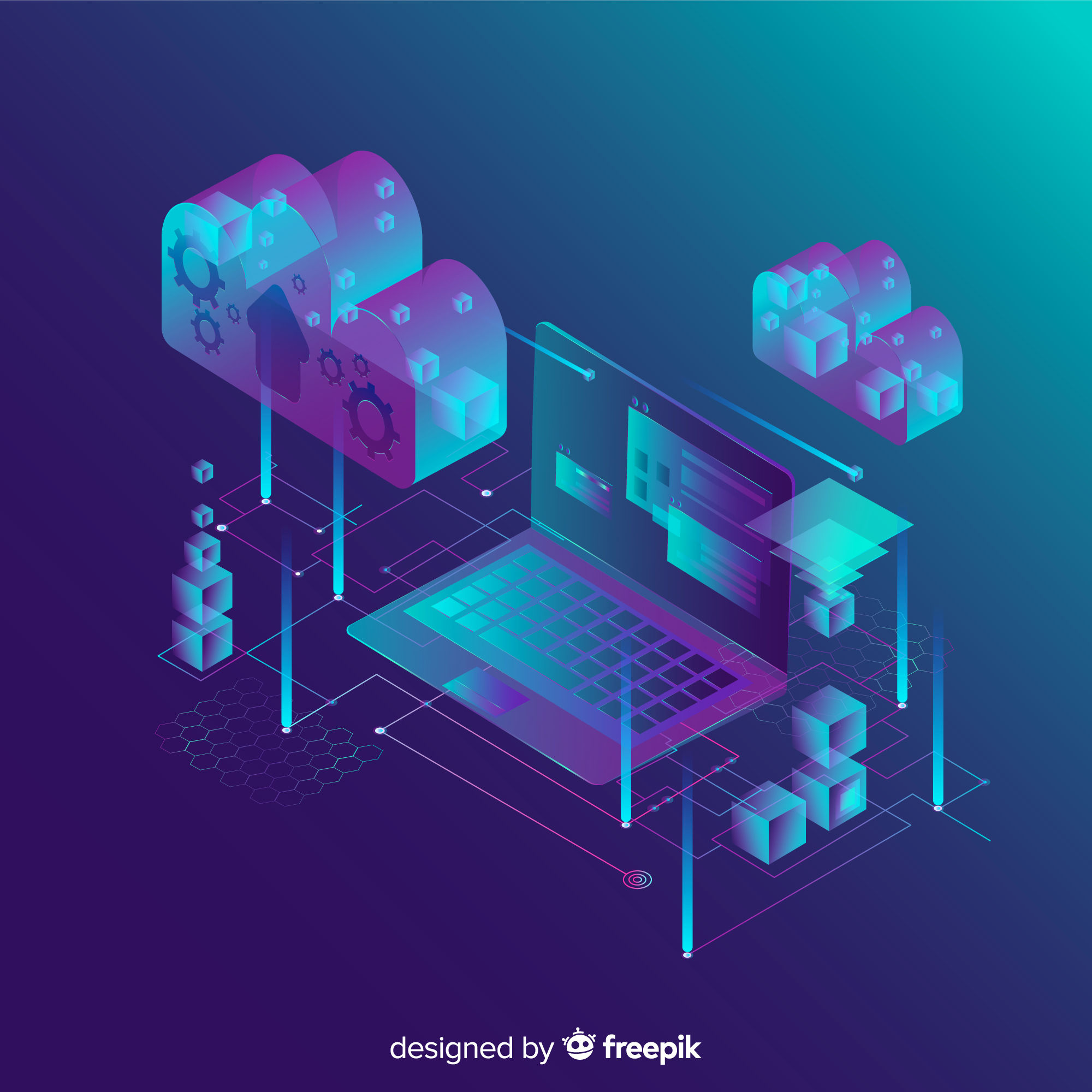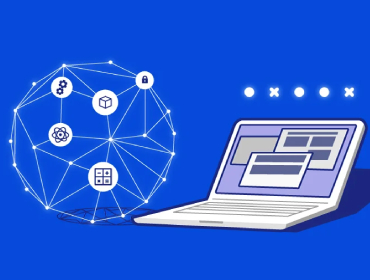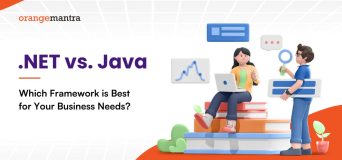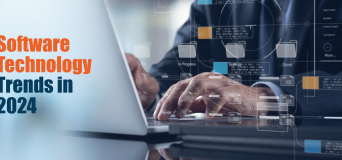We’re all well aware of the cliched statement: “every firm is a software firm.” But scaling and providing excellent software— if you’re looking for quality— is not easy to find. Software improvement complexness protects thriving, with tech piles continuously shifting and newer trends emerging. Also, there aren’t sufficient software developers available in the market.
According to Statista Revenue in the Software market is projected to reach US$698.80bn in 2024.Following graph shows year by year revenue of software market from 2016 to 2027.
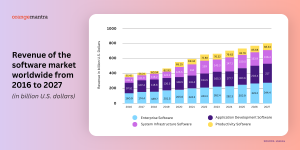
This new fact mandates that software engineering governors must survey their 2022 hypotheses and make proposals to renovate their committees, methods, and devices to handle the four emerging towers of their software engineering:
- Developer experience: conducting to decrease technological complexness so that committees can innovate quickly.
- Development workflow automation: eliminating resistance and handovers among all strategies and devices from the several phases of the improvement lifecycle are combined holistically.
- Security and compliance: creators change removed everything that can be interviewed during improvement, and right everything nicely interviewed overdue, preparing it simpler for creators to compose fixed code.
- Deployment and operations: concentrating on user adoption to improve assistance, trustworthiness, and accomplishment.
Established on these tombs, we dissect seven software development trends in 2022 that software engineering authorities should evaluate renovating their dev committees, exercises, and devices and accomplish their company goals:
- DevSecOps
- API-led Integrations
- Low-code for Pros
- Cloud-Native Platforms
- DesignOps
- Universal Observability
- PWA-first approach
Top Software Development Trends in 2024
#1: DevSecOps
Warranty, unfortunately, will proceed to be the #1 interest for IT administrators and software engineering staff. Between an uptick in ransomware assaults, scarcity of favourable limitations for administrative data, and improved danger with combined resident improvements, the data intimacy, and regulatory provisions are compelled more than ever. This oversaw a raised need for DevSecOps, where insurance and obedience regulations are substantiated at every point of the growth lifecycle.
With this improving difficulty in insure improvement atmospheres from allowance chain defense dangers and hardening software delivery channels. We’re watching CISOs and CIOs slowly choose to develop new web & mobile applications on outlets that regulate all phases of app improvement and delivery for each new app — rather than relying on the non-systematic nature of several people with numerous methods in steady improvement.
The absolute goal is for dev outlets to improve and create it simple for dev teams to build secure code, inferring a Zero Trust safety model, rather than depending mainly on safety testing procedures. There are several digital transformation service providers in the market that can help you adopt DevOps in your existing system.
#2: Hybrid Integrations
According to The State of SaaS Sprawl in 2021, the regular business has 254 SaaS petitions but, regularly, only 45% of an organization’s SaaS apps are existing users. Also, 56% of all these apps are shaded IT, or acquired and organized outside of IT. And the crazy aspect is to believe that they belong on top of all the software crates and networks of contacts they already have to move the body of their company.
The current unrest by company users to deploy robotic process automation over old devices requiring APIs was a shortcut for old networks but not favorable for the runny nature of digital companies creating differences all the time. For that agile companies are using immediate app modifications with low-code dev outlets, and the prominent ones comprise these abilities inside.
Overall, we’re presently at a phase where companies require more than always to relate in real-time their data administration, authority, and audit across these numerous data references that plead for more devices in mixed integrations.
Successful software development outlets or devoted devices authorize combining data from several SaaS and inheritance systems for a data material used by leading networks and apps, which is crucial to benefiting company administrators to make data-driven determinations.
#3: Low-Code for Pros
A verified choice in 2021 has existed the remarkable adoption of low-code outlets, where a prominent dealer already handles disputing business use cases. In reality, according to Magic Quadrant for Enterprise Low-Code Application Platforms,
“By 2025, 70% of new dressings expanded by businesses will use low-code or no-code technologies”.
Low code doesn’t mean that creators will be renovated by company users. Low-code outlets furnish a conception to reduce some of the complexness that creators commonly face when establishing an app or network. And the decent ones rely on full-stack supervision for software designers to have fine-grain supervision.
The purpose is that those repetitive and common tasks like reliance supervision, code confirmation, and mechanical shapes are done by the outlet so that architects can direct on the more mile that creates the discrepancy, rather than just maintaining the lights on.
#4: Cloud-Native Platforms
However, on the SaaS topic, the eruption of slot cloud petitions is shifting the “build vs buy” economics and timings. That’s because SaaS sprawl is not only flaring the actual allotments but moreover evolving another form of technical debt: jumping among a dozen networks is needy knowledge, with company outcomes.
The erratic expansion of the mega dealers’ web assistance from ~30 five years ago, up to 250 by a sole IaaS provider today, is evolving into an enormous distraction for company creators building cloud-native petitions.
To overcome these challenges, cloud-native improvement outlets must enable dev teams to continue directing the importance of cascade supervision for their digital commodities, rather than tiring their engineering skill on infrastructure supervision.
And with technology giants beating the race for limited specialized designers, companies external to the tech best desire to grasp new ways to stay creative and active with their committees.
This implies discovering technology that authorizes them to summarize or reduce technical complexness and enables their improvement teams to concentrate on industry effects and invention — like a recent product of Cloud Native Low-Code Platforms.
#5: DesignOps
DesignOps is a rigid committee athletics with near affiliation between method teams and front-end innovators (comprising budgeted storage, devices property exchange) improving affiliation across the various commodities within an association and assuring viscosity of the crop’s knowledge from the initial delivery.
For the first time, in 2022, IT and app improvement allowances already evaluated the composite work existence since both worker and companion occasion have evolved just as crucial as the consumer occasion — for excitable adoption. Also, significant and periodic use of the applications established to progress company skills.
As companies are pressured to inaugurate more digital commodities while joining user adoption purposes, they desire to organize methods at ranking, while underrating specialized and UX deficit, sending DesignOps methods to the center of the stage.
#6: Observability
Moving hand-in-hand with DesignOps, engineering authorities should subsidize observability for hyper-adoption. Observability benefits from open criteria like Open Telemetry for duplicating with proposals to improve their design for logs and metrics. Keeping up with this trend, more digital development teams will strive for user adoption categories that were historically hard to accomplish.
#7: PWA-first approach
Developed Web Apps PWAs incorporate the purposes of native apps and website accessibility without implicating the app stores. Preferring native apps, PWA development services can help offline, send thrust information, and enter device hardware, such as cameras or GPS. The user backgrounds are related to native apps on mobile and desktop appliances without downloading or updating conflicts, with an enormous advantage — they run nicely on top of needy connectivity. Progressive web app development is still trending worldwide.
PWAs will recover velocity in 2022 due to their connectivity resilient layout and user opposition (to keep bunching native apps on their devices). There were already groundbreaking technological assertions to adopt a PWA-first attitude by creators and software administrators, but the tremendous quickness of digital events is stimulating this modification too, because:
- From an end-user viewpoint, PWAs are simple to utilize on their mobile appliances (no app store) and are compact.
- From a dev standpoint, PWAs are path more rapidly to alter than native apps, and they are simpler to retain.
- Unlike native apps, they use one codebase for all appliances, they’re searchable by search engines, and they are soft.
This is a clear indication that the future of 5G is bright, and now’s the time to stay ahead of the competitors. So, what are you waiting for? Start building software code for lightning-fast 5G speeds or launch your app specifically designed to take advantage of this modern technology in current digital space.
#8: 5G Technology
As we move to an advanced and modern technological era with the 5G network rollout, industry leaders predict that over 1.5 billion devices worldwide will be 5G connected. 5G is fast, reliable and way ahead of its predecessor 4G technology. It’s a complete upgrade powered by a whole new network architecture focused on redefining how we communicate and interact.
This major technology upgrade will not only lead to personalized user experiences but also accelerate how software development company integrate Internet of things, Augmented Reality, and Artificial Intelligence (AI) for more innovation.
#9: Internet of Things
The future of software development is fueled by the deep adoption and growth of smart IoT solutions. We are part of era where connected homes to industrial monitoring systems helps to bring physical and digital realms on the same platform. This brings exceptional visibility within the everyday activities.
Despite facing challenges with its initial release in 2020 due to lower investments across sectors, it quickly gained momentum. As per reports from IDC, it will reach over US $437 billion by 2025.
From predictive learning supported by machine learning algorithms to providing automation via edge computing. The developments of AI, ML, and other technologies within the sensors have made IoT highly applicable. With the merging of IoT and Machine Learning, businesses quickly finding ways to efficiently analyze a large amount of data, saving operational cost involved in tedious manual processing.
#10: Distributed Computing
Another software development trend that will get immense popularity in the next few years is Distributed Computing. This process combines different computer servers in a group for sharing of data in a convenient form and manages streamlined processing.
Collecting and managing large datasets poses numerous obstacles to the application performance. This can be simplified via distributed computing with the addition of another server to the group if data storage in large volume is needed.
Distributed computing can be performed over the cloud platform. Cloud computing is a new software technology trend in businesses to streamline operations and eventually enhance productivity. As per the Gartner report, most cloud service providers will implement distributed computing by 2024. A problem is divided into different small jobs within the distributed computing approach. Later solved by one or more computers that transfer messages in a streamlined manner.
#11: Infrastructure as Code
Infrastructure as Code allows you to manage and provision computer data centers with the support of machine-readable files. There is no involvement of the physical hardware or interactive configuration tools.
IaC lets you manage and automate the IT infrastructure with the support of different configuration files. It enables team of developers to manage, analyze, and provision resources automatically. Though sometimes it is referred as software-driven infrastructure or programmable.
IaC is the primary DevOps approach that runs with the CD (Continuous Delivery).
The key advantage is the faster delivery and an efficient automated provisioning and management not possible with the manual operations. Since the infrastructure is written in code, it can offer same version control, automated testing, and other phases in a CI/CD pipeline. As per the business strategy, developers can implement code to provision and deploy servers and applications. They don’t have to rely on system administrators in a DevOps approach here.
#12: Augmented Analytics
Artificial Intelligence and Machine Learning has become a new norm to streamline data operations in complex digital world of software development. Earlier data operation required too much work and complexity for business leaders. Automation has simplified the whole work enabling powerful and efficient means of data analytics capabilities.
Preparing data and its analysis through automation accelerates the time-to-insight, support decision-making in a faster way for meeting market changes. For the AR VR development company, AI algorithms is a savior to handle repetitive jobs, allowing data analysts to perform strategic analysis and generate key insights.
AI is a real advantage when it comes to reduction of human bias and errors in data analysis by applying consistent techniques and algorithms. Advanced data analytics algorithms can identify hidden patterns and correlations that are missing with the traditional analysis methods for software development.
Getting Ready for New-Age Software Development
So altogether, the prime software engineering sensations we explored for 2024. Trends already reshaping software development services will become even more dominant. Whether it’s new-era DevOps or headless and PWA solutions, you need to stay abreast. If you plan to create software for your business, you can contact various software development companies present in the market. Make sure you choose the one that can fulfill your unique requirements.
FAQs
Q1. What is DevOps?
Ans. DevOps is the combination of philosophies, practices, and tools that enhances the capability of an organization to deliver applications at a faster pace.
Q2. What are PWAs?
Ans. The progressive web application is a type of application software delivered through the web. It is created using technologies like HTML, CSS, JavaScript, and WebAssembly.
Q3. What is a native app?
Ans. A native app is made specifically for a single platform like android, iOS etc
